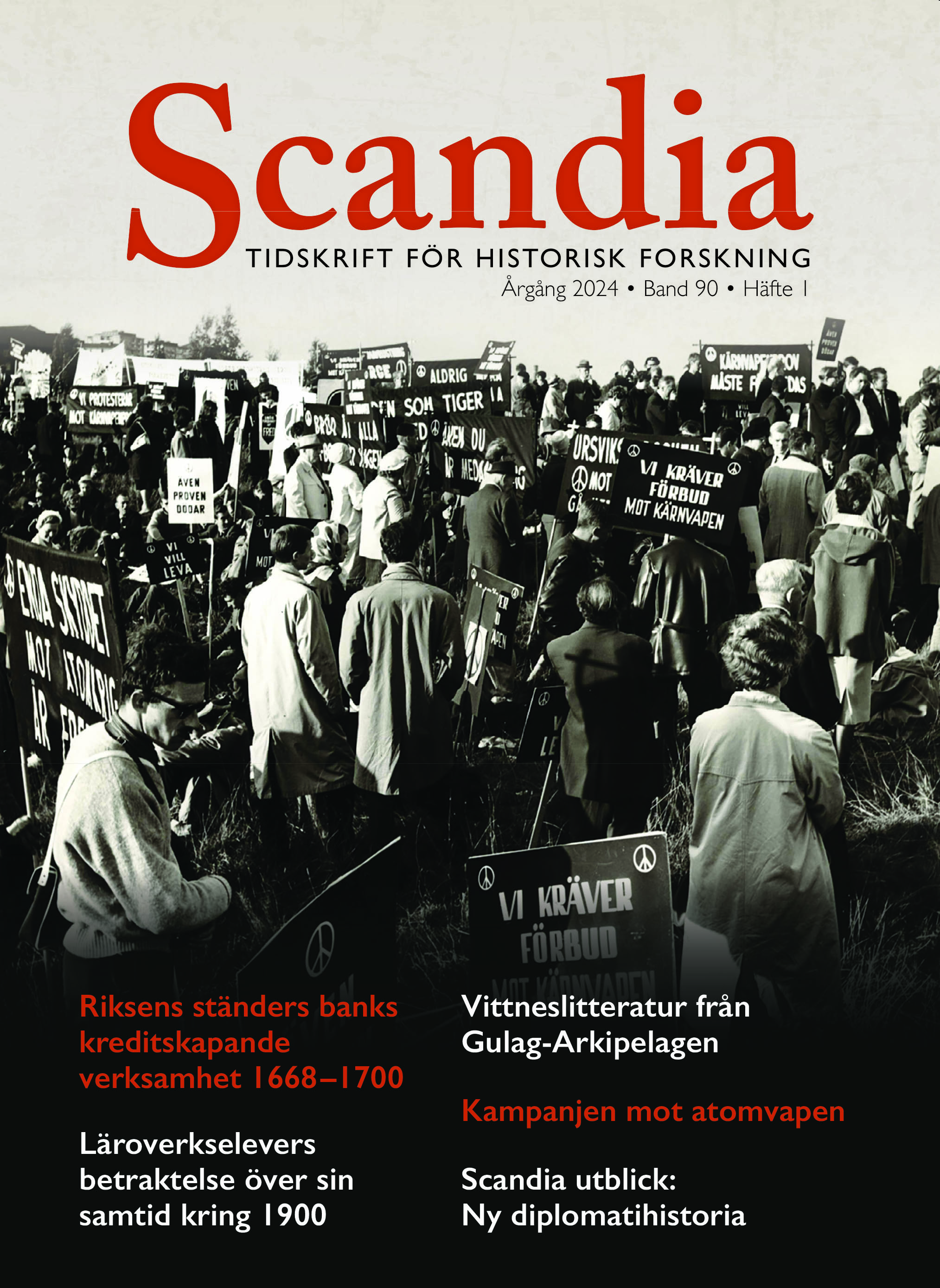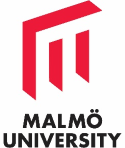The Swedish Campaign for Nuclear Disarmament and the Introduction of a New Repertoire of Contention in the 1960s
DOI:
https://doi.org/10.47868/scandia.v90i1.26313Keywords:
Compaign for Nuclear Disarmament, transnational social movements, Sweden, 1960sAbstract
A new social movement was formed in Sweden in 1961: Kampanjen mot atomvapen (KMA, “The Campaign for Nuclear Disarmament”). Opposing the military’s plans to acquire Swedish nuclear bombs and protesting against the escalating tensions of the Cold War, KMA in the years 1961‒1963 rallied young people and students and introduced several new forms of collective political actions in the Swedish repertoire of contention. One example was peace or disarmament marches between Swedish cities while another consisted of illegal sit-downs. This article analyzes these new forms of collective action, focusing on the question of how they spread to Sweden. It is here argued that KMA must be seen as a Swedish part of a broad, transnational social movement against nuclear weapons in the years around 1960. The most important national branch of this movement was the British Campaign for Nuclear Disarmament (CND) formed in the late 1950s. Swedish activists travelled to London and participated in CND activities, learning how to organize “easter marches” for disarmament as well as sit-downs. Back in Sweden, they adopted these new forms of collective action (and were, in turn, visited by British as well as Danish activists). For example, they arranged illegal sit-downs outside the Soviet Embassy in Stockholm to protest atmospheric nuclear bomb tests in the fall of 1961 and organized peace marches to military facilities in the vicinity of the capital as well as from the city of Södertälje to Stockholm. KMA also used the same symbols as CND, such as the by now well-known circular peace symbol designed by British artist Gerald Holtom. This means that not only new forms of collective action were introduced but also new political identities and ways of organizing new forms of social movements. In turn, this turns KMA into an important precursor of the broader (and more studied) radicalization of Swedish youth in the late 1960s.





